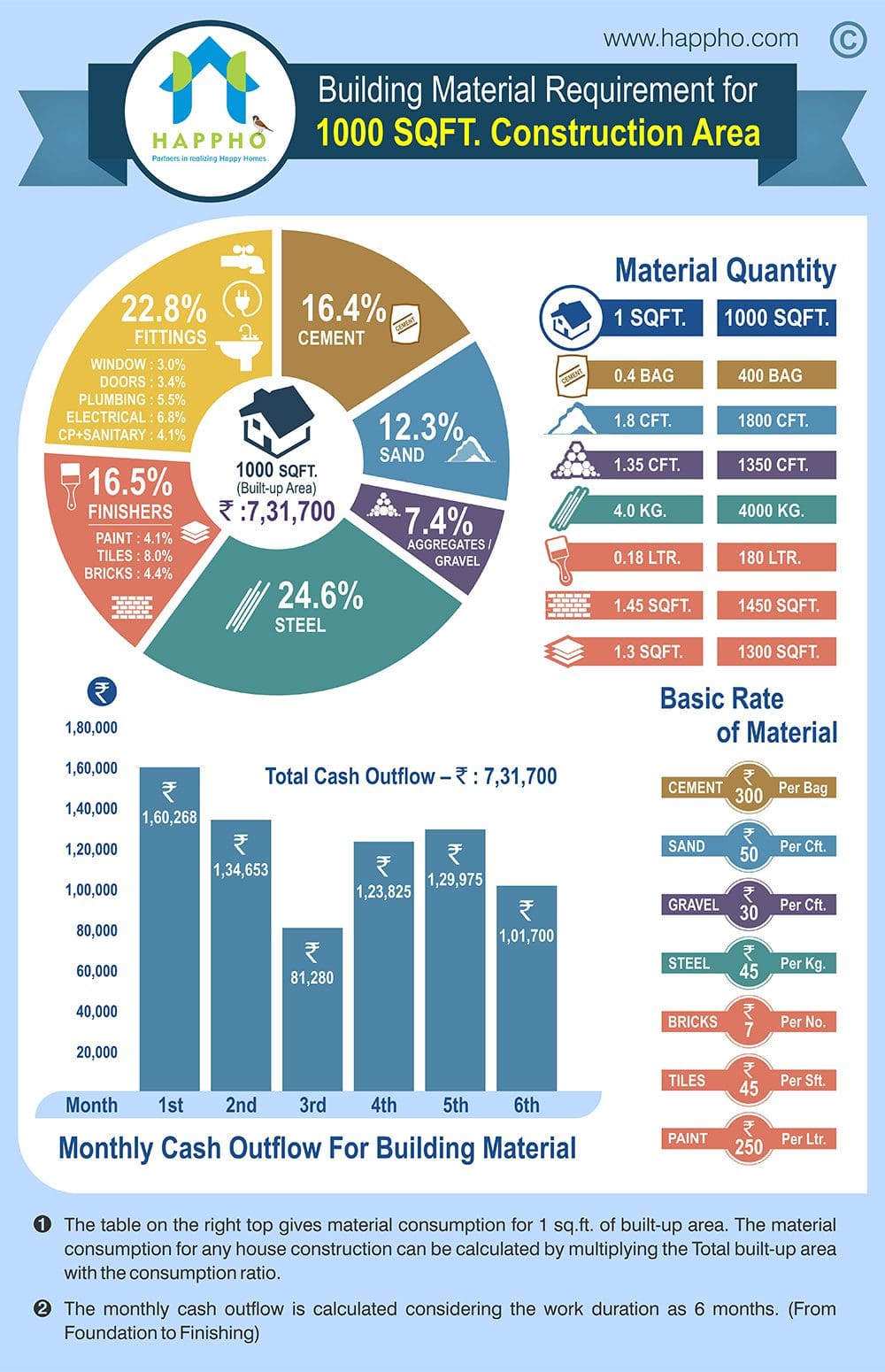Variables To Think About For Business Outside Paint By Season: Necessary Info You Should Have
Variables To Think About For Business Outside Paint By Season: Necessary Info You Should Have
Blog Article
Developed By-Burnham Decker
When you're intending a commercial outside paint job, seasonal factors can make or break your results. You'll want to think about how temperature and humidity effect paint application and drying times. Picking the ideal period can guarantee your paint sticks effectively and lasts longer. Yet which periods are really the most effective for this sort of job? Let's discover exterior painting boise that can affect your job's success.
The Influence of Temperature Level on Paint Application
When you're intending an industrial outside paint project, the temperature can significantly influence how well the paint adheres and dries.
Ideally, you want to repaint when temperatures vary in between 50 ° F and 85 ° F. If it's too chilly, the paint might not cure appropriately, causing concerns like peeling or breaking.
On the flip side, if it's also warm, the paint can dry as well promptly, stopping correct adhesion and resulting in an unequal coating.
You need to also think about the time of day; morning or late afternoon uses cooler temperatures, which can be a lot more positive.
Always inspect the supplier's suggestions for the particular paint you're using, as they usually offer guidance on the excellent temperature range for optimum outcomes.
Humidity and Its Effect on Drying Times
Temperature isn't the only ecological aspect that affects your industrial exterior painting job; moisture plays a substantial function as well. High moisture degrees can slow down drying out times dramatically, affecting the overall quality of your paint job.
When the air is filled with moisture, the paint takes longer to treat, which can result in problems like bad attachment and a greater risk of mildew growth. If you're repainting on a particularly damp day, be planned for extensive wait times in between coats.
It's important to keep track of neighborhood weather conditions and plan accordingly. Preferably, aim for humidity levels in between 40% and 70% for optimum drying out.
Maintaining these factors in mind guarantees your job stays on track and supplies an enduring finish.
Best Seasons for Commercial Exterior Painting Projects
What's the most effective time of year for your industrial external paint projects?
Spring and early autumn are commonly your best bets. During these periods, temperatures are mild, and moisture levels are commonly lower, producing perfect problems for paint application and drying out.
Prevent summertime's intense heat, which can cause paint to completely dry also promptly, bring about inadequate adhesion and finish. In https://www.countryliving.com/uk/homes-interiors/interiors/g39890151/most-popular-living-room-colours/ , winter's cold temperatures can prevent proper drying out and treating, running the risk of the longevity of your paint work.
Aim for days with temperatures in between 50 ° F and 85 ° F for optimum outcomes. Keep in mind to examine the regional weather forecast for rainfall, as wet conditions can ruin your job.
Preparation around these elements ensures your painting task runs efficiently and lasts longer.
Conclusion
In conclusion, preparing your business exterior painting tasks around seasonal factors to consider can make a considerable distinction in the result. By scheduling work during the perfect temperature levels and humidity levels, you'll make sure far better adhesion and drying times. Keep in mind to watch on regional weather report and select the correct time of year-- spring and early loss are your best options. Taking these actions will certainly help you achieve a resilient and specialist coating that lasts.
